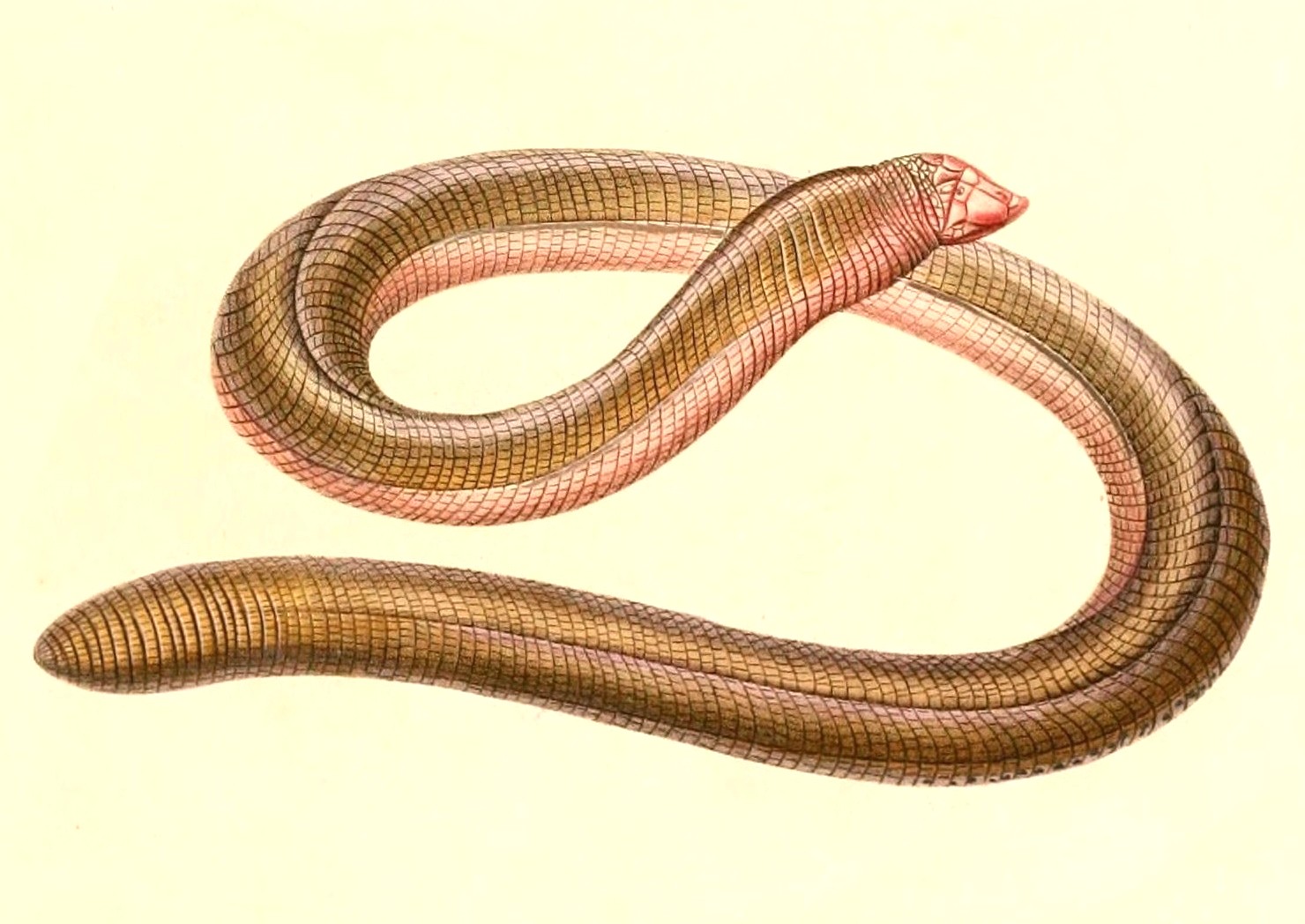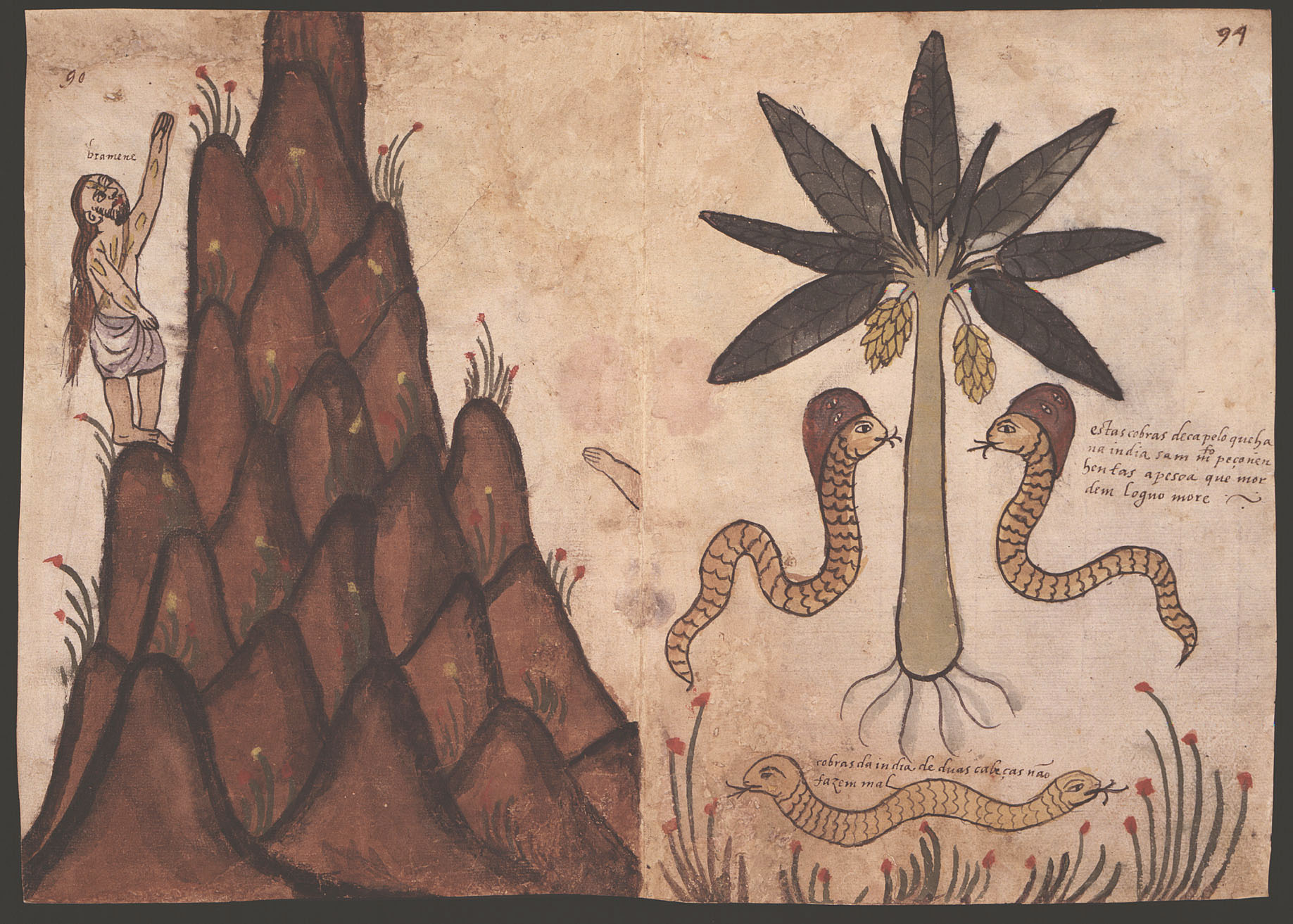|
Leposternon Octostegum
''Leposternon'' is a genus of amphisbaenians in the family Amphisbaenidae. Species in the genus are commonly known as worm lizards, even though they are not lizards. 11 species are placed in this genus. Species The following species are recognized as being valid.. www.reptile-database.org. *'' Leposternon bagual'' Ribeiro, Santos & Zaher, 2015 *'' Leposternon cerradensis'' Ribeiro, Vazsilva & Santos, 2008 *'' Leposternon infraorbitale'' (Berthold, 1859) – Berthold's worm lizard *'' Leposternon kisteumacheri'' Porto, Soares & Caramaschi, 2000 *''Leposternon maximus'' Ribeiro, Nogueira, Cintra, da Silva & Zaher, 2011 *'' Leposternon microcephalum'' Wagler, 1824 – smallhead worm lizard *'' Leposternon mineiro'' Ribeiro, Lima-Silveira & Santos, 2018 *'' Leposternon octostegum'' (A.H.A. Duméril, 1851) – Duméril's worm lizard *''Leposternon polystegum'' (A.H.A. Duméril, 1851) – Bahia worm lizard *''Leposternon scutigerum'' (Hemprich), 1820 – shielded worm lizard *'' ... [...More Info...] [...Related Items...] OR: [Wikipedia] [Google] [Baidu] |
Amphisbaena Microcephalum 1847 - Cropping
The amphisbaena (, , or , plural: amphisbaenae; grc, ἀμφίσβαινα) is a mythological, ant-eating Serpent (symbolism), serpent with a head at each end. The creature is alternatively called the amphisbaina, amphisbene, amphisboena, amphisbona, amphista, amfivena, amphivena, or anphivena (the last two being feminine), and is also known as the "Mother of Ants". Its name comes from the Greek language, Greek words ', meaning "both ways", and ', meaning "to go". Mythology According to Greek mythology, the amphisbaena was spawned from the blood that dripped from the Gorgon Medusa's head as Perseus flew over the Libyan Desert with her head in his hand, after which Cato the Younger, Cato's army then encountered it along with other serpents on the march. Amphisbaena fed on the corpses left behind. The amphisbaena has been referred to by various poets such as Nicander, John Milton, Alexander Pope, Percy Bysshe Shelley, Alfred Tennyson, Aimé Césaire, A. E. Housman and Allen Mande ... [...More Info...] [...Related Items...] OR: [Wikipedia] [Google] [Baidu] |
Leposternon Maximus
''Leposternon maximus'' is a worm lizard Amphisbaenia (called amphisbaenians or worm lizards) is a group of usually legless squamates, comprising over 200 extant species. Amphisbaenians are characterized by their long bodies, the reduction or loss of the limbs, and rudimentary eyes. As ... species in the family Amphisbaenidae. It is endemic to Brazil. References Leposternon Amphisbaenians of Brazil Endemic reptiles of Brazil Reptiles described in 2011 Taxa named by Síria Ribeiro Taxa named by Cristiano Nogueira Taxa named by Carlos Eduardo D. Cintra Taxa named by Nelson Jorge Da Silva Jr. Taxa named by Hussam Zaher {{lizard-stub ... [...More Info...] [...Related Items...] OR: [Wikipedia] [Google] [Baidu] |
Leposternon
''Leposternon'' is a genus of amphisbaenians in the family Amphisbaenidae. Species in the genus are commonly known as worm lizards, even though they are not lizards. 11 species are placed in this genus. Species The following species are recognized as being valid.. www.reptile-database.org. *'' Leposternon bagual'' Ribeiro, Santos & Zaher, 2015 *'' Leposternon cerradensis'' Ribeiro, Vazsilva & Santos, 2008 *'' Leposternon infraorbitale'' (Berthold, 1859) – Berthold's worm lizard *'' Leposternon kisteumacheri'' Porto, Soares & Caramaschi, 2000 *''Leposternon maximus'' Ribeiro, Nogueira, Cintra, da Silva & Zaher, 2011 *'' Leposternon microcephalum'' Wagler, 1824 – smallhead worm lizard *'' Leposternon mineiro'' Ribeiro, Lima-Silveira & Santos, 2018 *'' Leposternon octostegum'' (A.H.A. Duméril, 1851) – Duméril's worm lizard *'' Leposternon polystegum'' (A.H.A. Duméril, 1851) – Bahia worm lizard *'' Leposternon scutigerum'' (Hemprich), 1820 – shielded worm lizard * ... [...More Info...] [...Related Items...] OR: [Wikipedia] [Google] [Baidu] |
Johann Baptist Von Spix
Johann Baptist Ritter von Spix (9 February 1781 – 13 March 1826) was a German natural history, biologist. From his expedition to Brazil, he brought to Germany a large variety of specimens of plants, insects, mammals, birds, amphibians and fish. They constitute an important basis for today's National Zoological Collection in Munich. Numerous examples of his ethnographic collections, such as dance masks and the like, are now part of the collection of the Museum Five Continents, Museum of Ethnography in Munich. Biography Spix was born in Höchstadt, in present-day Middle Franconia, as the seventh of eleven children. His childhood home is the site of the Spix Museum, open to the public since 2004. He studied philosophy in Bamberg and graduated with a doctoral degree. Later he studied theology in Würzburg. After attending lectures of the young professor Friedrich Wilhelm Joseph Schelling, F. W. J. Schelling, Spix became interested in nature. He quit his theology studi ... [...More Info...] [...Related Items...] OR: [Wikipedia] [Google] [Baidu] |
Carl Gans
Carl Gans (7 September 1923 – 30 November 2009) was a German-born American zoologist and herpetologist. Early life and education Gans, who was Jewish, was born in Germany. While a teenager in 1939, he was able to escape Nazi Germany by fleeing to the United States, where he completed his education. He attended George Washington High School in New York City. In 1944 he earned a BS in Mechanical Engineering at New York University, and in 1950 an MS in Mechanical Engineering at Columbia University. In 1957 he received a PhD in Biology from Harvard University."Carl Gans, Obituary". ''The New York Times''. Legacy.com. Career From 1947 to 1955 Gans worked as an engineer. From 1957 to 1958 he was a Fellow in Biology at the University of Florida. From 1958 to 1971 he taught biology at the State University of New York, Buffalo. From then on he was Professor of Biology at the University of Michigan. Beolens, Bo; Watkins, Michael; Grayson, Michael (2011). ''The Eponym Dictio ... [...More Info...] [...Related Items...] OR: [Wikipedia] [Google] [Baidu] |
Binomial Nomenclature
In taxonomy, binomial nomenclature ("two-term naming system"), also called nomenclature ("two-name naming system") or binary nomenclature, is a formal system of naming species of living things by giving each a name composed of two parts, both of which use Latin grammatical forms, although they can be based on words from other languages. Such a name is called a binomial name (which may be shortened to just "binomial"), a binomen, name or a scientific name; more informally it is also historically called a Latin name. The first part of the name – the '' generic name'' – identifies the genus to which the species belongs, whereas the second part – the specific name or specific epithet – distinguishes the species within the genus. For example, modern humans belong to the genus ''Homo'' and within this genus to the species ''Homo sapiens''. ''Tyrannosaurus rex'' is likely the most widely known binomial. The ''formal'' introduction of this system of naming species is credit ... [...More Info...] [...Related Items...] OR: [Wikipedia] [Google] [Baidu] |
Nota Bene
(, or ; plural form ) is a Latin phrase meaning "note well". It is often abbreviated as NB, n.b., or with the ligature and first appeared in English writing . In Modern English, it is used, particularly in legal papers, to draw the attention of the reader to a certain (side) aspect or detail of the subject being addressed. While ''NB'' is also often used in academic writing, ''note'' is a common substitute. The markings used to draw readers' attention in medieval manuscripts are also called marks. The common medieval markings do not, however, include the abbreviation ''NB''. The usual medieval equivalents are anagrams from the four letters in the word , the abbreviation DM from ("worth remembering"), or a symbol of a little hand (☞), called a manicule or index, with the index finger pointing towards the beginning of the significant passage.Raymond Clemens and Timothy Graham, Introduction to Manuscript Studies (Ithaca: Cornell University Press, 2007), p. 44. Se ... [...More Info...] [...Related Items...] OR: [Wikipedia] [Google] [Baidu] |
Leposternon Wuchereri
Wucherer's worm lizard (''Leposternon wuchereri'') is a worm lizard Amphisbaenia (called amphisbaenians or worm lizards) is a group of usually legless squamates, comprising over 200 extant species. Amphisbaenians are characterized by their long bodies, the reduction or loss of the limbs, and rudimentary eyes. As ... species in the family Amphisbaenidae. It is endemic to Brazil. References Leposternon Amphisbaenians of Brazil Endemic reptiles of Brazil Reptiles described in 1879 Taxa named by Wilhelm Peters {{lizard-stub ... [...More Info...] [...Related Items...] OR: [Wikipedia] [Google] [Baidu] |
Leposternon Scutigerum
The shielded worm lizard (''Leposternon scutigerum'') is a worm lizard Amphisbaenia (called amphisbaenians or worm lizards) is a group of usually legless squamates, comprising over 200 extant species. Amphisbaenians are characterized by their long bodies, the reduction or loss of the limbs, and rudimentary eyes. As ... species in the family Amphisbaenidae. It is found in Brazil. References Leposternon Reptiles described in 1820 Taxa named by Wilhelm Hemprich Endemic fauna of Brazil Reptiles of Brazil {{lizard-stub ... [...More Info...] [...Related Items...] OR: [Wikipedia] [Google] [Baidu] |
Leposternon Polystegum
The Bahia worm lizard (''Leposternon polystegum'') is a worm lizard Amphisbaenia (called amphisbaenians or worm lizards) is a group of usually legless squamates, comprising over 200 extant species. Amphisbaenians are characterized by their long bodies, the reduction or loss of the limbs, and rudimentary eyes. As ... species in the family Amphisbaenidae. It is found in Brazil. This species demonstrates sexual dimorphism with the males having larger, longer bodies than the females. Its diet generally consists of ants, earthworms, and termites. References Leposternon Reptiles described in 1851 Taxa named by André Marie Constant Duméril Endemic fauna of Brazil Reptiles of Brazil {{lizard-stub ... [...More Info...] [...Related Items...] OR: [Wikipedia] [Google] [Baidu] |
Leposternon Octostegum
''Leposternon'' is a genus of amphisbaenians in the family Amphisbaenidae. Species in the genus are commonly known as worm lizards, even though they are not lizards. 11 species are placed in this genus. Species The following species are recognized as being valid.. www.reptile-database.org. *'' Leposternon bagual'' Ribeiro, Santos & Zaher, 2015 *'' Leposternon cerradensis'' Ribeiro, Vazsilva & Santos, 2008 *'' Leposternon infraorbitale'' (Berthold, 1859) – Berthold's worm lizard *'' Leposternon kisteumacheri'' Porto, Soares & Caramaschi, 2000 *''Leposternon maximus'' Ribeiro, Nogueira, Cintra, da Silva & Zaher, 2011 *'' Leposternon microcephalum'' Wagler, 1824 – smallhead worm lizard *'' Leposternon mineiro'' Ribeiro, Lima-Silveira & Santos, 2018 *'' Leposternon octostegum'' (A.H.A. Duméril, 1851) – Duméril's worm lizard *''Leposternon polystegum'' (A.H.A. Duméril, 1851) – Bahia worm lizard *''Leposternon scutigerum'' (Hemprich), 1820 – shielded worm lizard *'' ... [...More Info...] [...Related Items...] OR: [Wikipedia] [Google] [Baidu] |
Leposternon Mineiro
''Leposternon mineiro'' is a worm lizard Amphisbaenia (called amphisbaenians or worm lizards) is a group of usually legless squamates, comprising over 200 extant species. Amphisbaenians are characterized by their long bodies, the reduction or loss of the limbs, and rudimentary eyes. As ... species in the family Amphisbaenidae. It is found in Brazil. References Leposternon Amphisbaenians of Brazil Endemic reptiles of Brazil Reptiles described in 2018 Taxa named by Síria Ribeiro Taxa named by Adriano Lima Silveira Taxa named by Alfredo P. Santos Jr. {{lizard-stub ... [...More Info...] [...Related Items...] OR: [Wikipedia] [Google] [Baidu] |




